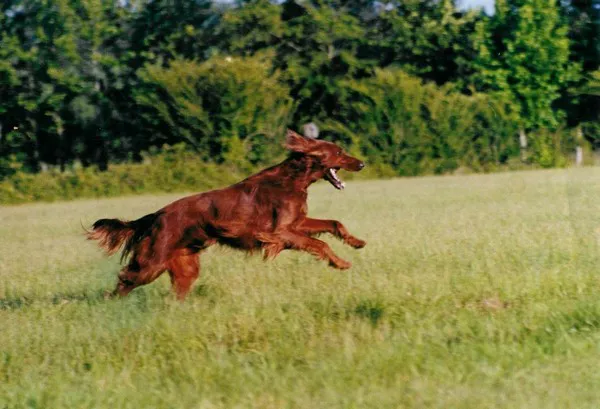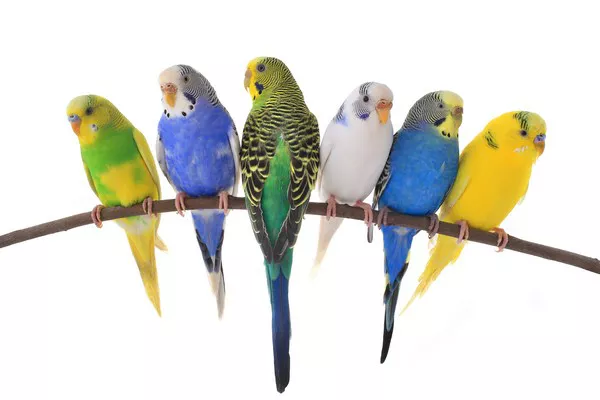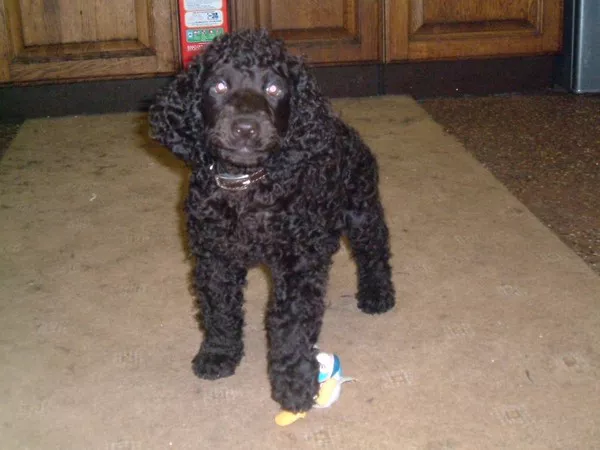Corn snakes are one of the most popular pet snakes due to their calm demeanor, beautiful color patterns, and relatively easy care requirements. However, like all living creatures, corn snakes have specific needs for survival and well-being, and one of these needs is hydration. But do corn snakes drink water, and if so, how do they drink and how much do they require? In this article, we will explore the hydration needs of corn snakes, how they drink, the role of water in their health, and how you can properly care for your pet snake’s water requirements.
1. Introduction to Corn Snakes
Corn snakes (Pantherophis guttatus) are non-venomous snakes native to the southeastern United States. They are a type of rat snake, which means that they primarily prey on small rodents, birds, and other small animals. Corn snakes are known for their attractive coloration, which includes shades of orange, red, and black, and they can live up to 20 years in captivity if provided with the proper care.
As reptiles, corn snakes are ectothermic, which means they rely on external temperatures to regulate their body heat. Unlike mammals, which generate heat internally, corn snakes need to bask in warmth or find a suitable temperature gradient to maintain their metabolic functions. This makes their environment and care a little more specialized, and hydration is an essential part of that care.
2. Do Corn Snakes Need Water?
Yes, corn snakes do need water. Just like all living creatures, they require hydration to survive. While corn snakes are able to obtain some moisture from the food they eat—mainly rodents that have a high water content—this is not sufficient for their hydration needs. Water is an essential component of their diet and overall health. Without access to fresh water, a corn snake can become dehydrated, which can lead to a variety of health issues.
3. How Do Corn Snakes Drink Water?
Unlike humans and many animals that drink water by using their mouths to suck or lap it up, corn snakes and most other reptiles drink differently. Corn snakes drink water by “licking” it up with their tongues. They do not have a highly developed drinking mechanism like mammals do; instead, they use their tongues to collect water droplets from their water dish.
A corn snake will typically stick out its forked tongue and flick it over the surface of the water, picking up tiny droplets. It then brings its tongue back into its mouth, where the water is swallowed. This behavior is quite different from what we might expect in mammals, but it is the typical method for most reptiles.
You might not always see your corn snake drinking water, and that is perfectly normal. Snakes are generally quite subtle about their drinking habits. They often drink in private, so if your corn snake has access to water, it’s likely drinking when you’re not observing it.
4. How Much Water Do Corn Snakes Need?
Corn snakes are relatively low-maintenance when it comes to their water consumption. While the specific amount of water they need can vary depending on factors like age, size, and environment, there are some general guidelines to follow.
A young corn snake may drink only small amounts of water at a time, while an adult snake may consume larger quantities. However, unlike mammals that drink regularly throughout the day, snakes tend to drink water in smaller, less frequent sips. Their water consumption is more sporadic and typically occurs every few days or when they feel the need to hydrate.
An adult corn snake should have access to clean, fresh water at all times. A good rule of thumb is to provide a water dish that is large enough for the snake to submerge its head and part of its body. This also helps with shedding, as the snake may soak in the water to aid the process. Be sure to change the water daily, as stale water can become a breeding ground for bacteria.
5. Factors Affecting Water Intake
Several factors can influence the amount of water a corn snake consumes. These include:
Temperature and Humidity: Corn snakes are native to warm, humid environments, and they thrive in these conditions. If your snake’s habitat is too dry, it may require more water to compensate for dehydration. On the other hand, if the temperature is too high, the snake might not drink as much due to the stress of the heat.
Diet: The type of food a corn snake eats can affect its water intake. A corn snake that is fed live prey like rodents will likely get some moisture from the food itself. However, if the snake is being fed frozen and thawed prey, it may need to drink more water to make up for the lack of moisture in the food.
Health: If a corn snake is sick or stressed, its water intake may change. Dehydration can be a sign of illness, so if you notice your snake drinking significantly more or less than usual, it’s important to monitor its overall health and consult a veterinarian if necessary.
Activity Level: Like all animals, a corn snake’s activity level can affect its water intake. Snakes that are more active or those undergoing periods of intense metabolic activity (such as during shedding) may drink more frequently.
6. Signs of Dehydration in Corn Snakes
Dehydration is a serious concern for corn snakes. When a snake is dehydrated, its bodily functions begin to slow down, which can lead to a variety of health problems, including difficulty shedding, constipation, and even organ failure. It’s important for pet owners to be vigilant and watch for signs of dehydration in their corn snakes.
Some signs that a corn snake might be dehydrated include:
Wrinkled or Shrunken Skin: One of the most noticeable signs of dehydration in a corn snake is the appearance of wrinkled or shrunken skin. This is especially apparent on the snake’s neck and body.
Lethargy: If your corn snake seems unusually sluggish or uninterested in its usual activities, it could be a sign of dehydration. Dehydration can cause lethargy and weakness in snakes.
Difficult Shedding: Corn snakes shed their skin periodically, and dehydration can interfere with this process. A dehydrated snake might have trouble shedding or may have incomplete sheds.
Dry Mouth: If a corn snake’s mouth or tongue appears dry and sticky, it could be a sign that it’s not getting enough water.
Sunken Eyes: Sunken eyes are a common symptom of dehydration in reptiles, including corn snakes. If the eyes appear hollow or recessed, it’s a strong indication that the snake is dehydrated.
7. How to Keep Your Corn Snake Hydrated
Providing proper hydration for your corn snake is an essential part of its care. Here are some tips to ensure your snake stays hydrated and healthy:
Fresh Water at All Times: Always provide your corn snake with access to clean, fresh water. Change the water daily and make sure the water dish is large enough for the snake to drink from and soak in if necessary.
Proper Humidity Levels: Maintaining the right humidity level in your corn snake’s enclosure is crucial. Corn snakes typically thrive in a humidity range of 40% to 60%. You can achieve this by misting the enclosure with water or using a humidifier. This will help prevent dehydration and aid the shedding process.
Monitor Temperature: Ensure that your corn snake’s habitat has a proper temperature gradient, with a warm side and a cooler side. The temperature should range between 75°F and 85°F (24°C to 29°C). A warm environment will encourage healthy metabolism, but it shouldn’t be too hot, as this can increase the risk of dehydration.
Provide a Soaking Option: In addition to providing fresh water, many corn snakes enjoy soaking in their water dish. This helps them stay hydrated and can also aid in the shedding process. Make sure the dish is large enough for your snake to submerge part of its body but not so deep that the snake could accidentally drown.
Monitor for Signs of Dehydration: Keep a close eye on your snake’s behavior, especially during shedding or if you suspect it’s sick. If you notice any signs of dehydration, take action immediately by increasing the humidity, ensuring the snake has access to clean water, and consulting a reptile veterinarian if needed.
Conclusion
Yes, corn snakes do drink water, and it is an essential part of their care. While they don’t drink as frequently as some mammals, they still need regular access to fresh water to stay hydrated and healthy. Providing the right environment, monitoring your snake’s behavior, and ensuring that clean water is always available are all key factors in promoting your corn snake’s overall health and well-being.
By understanding the hydration needs of your corn snake and providing the necessary care, you can ensure that your pet remains happy, healthy, and hydrated for many years to come.
Related Topics:






















